เซตคู่สุดคุ้ม!!
ชุดฝาซิลิโคน + ชุดมีดพร้อมเขียง
1. ชุดฝาซิลิโคน
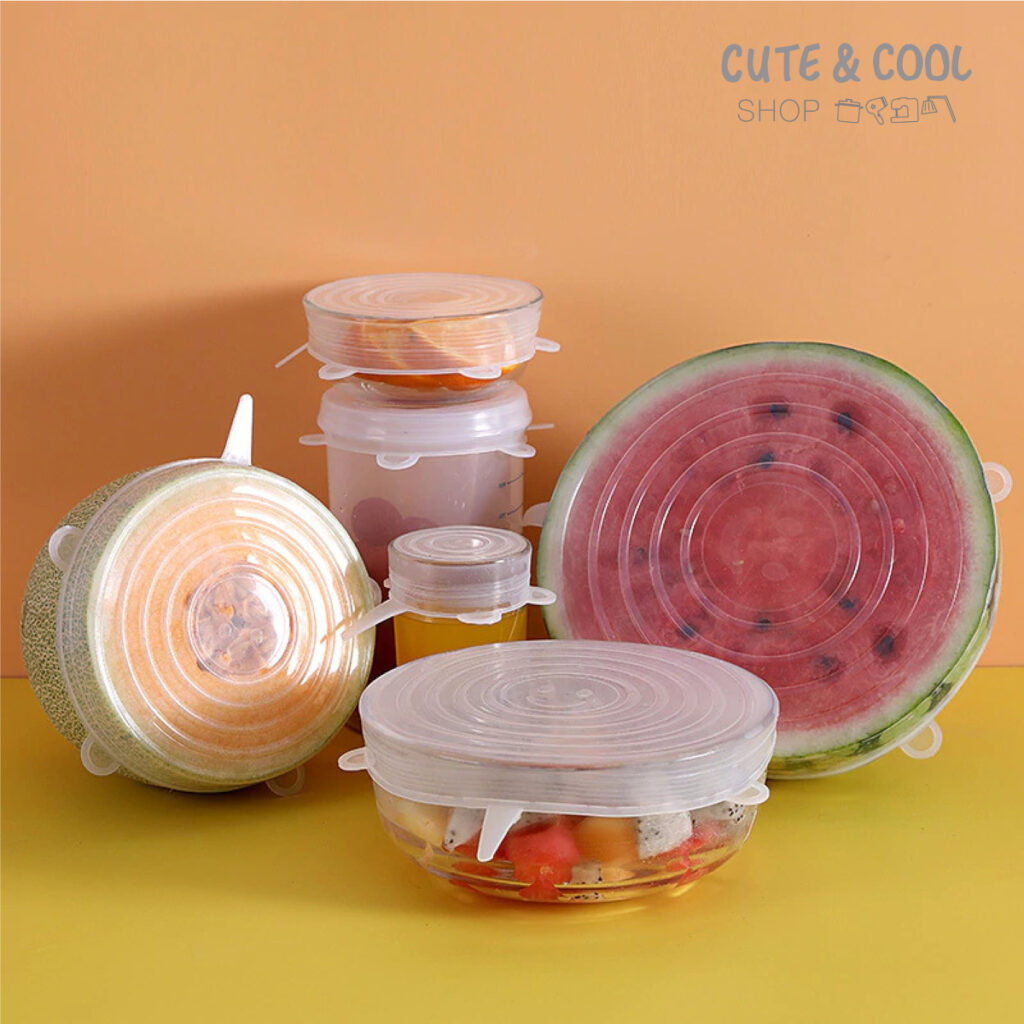
“1 เซต / มี 6 ไซส์”
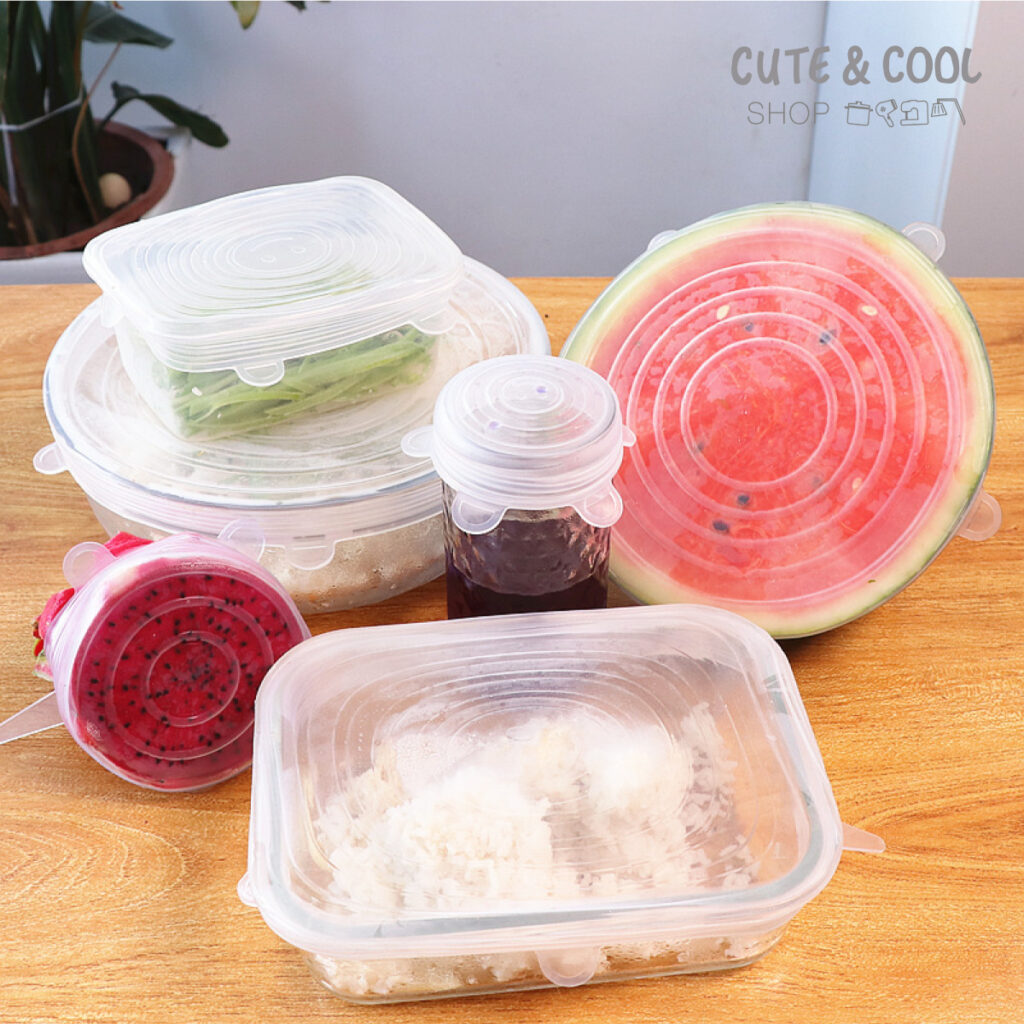
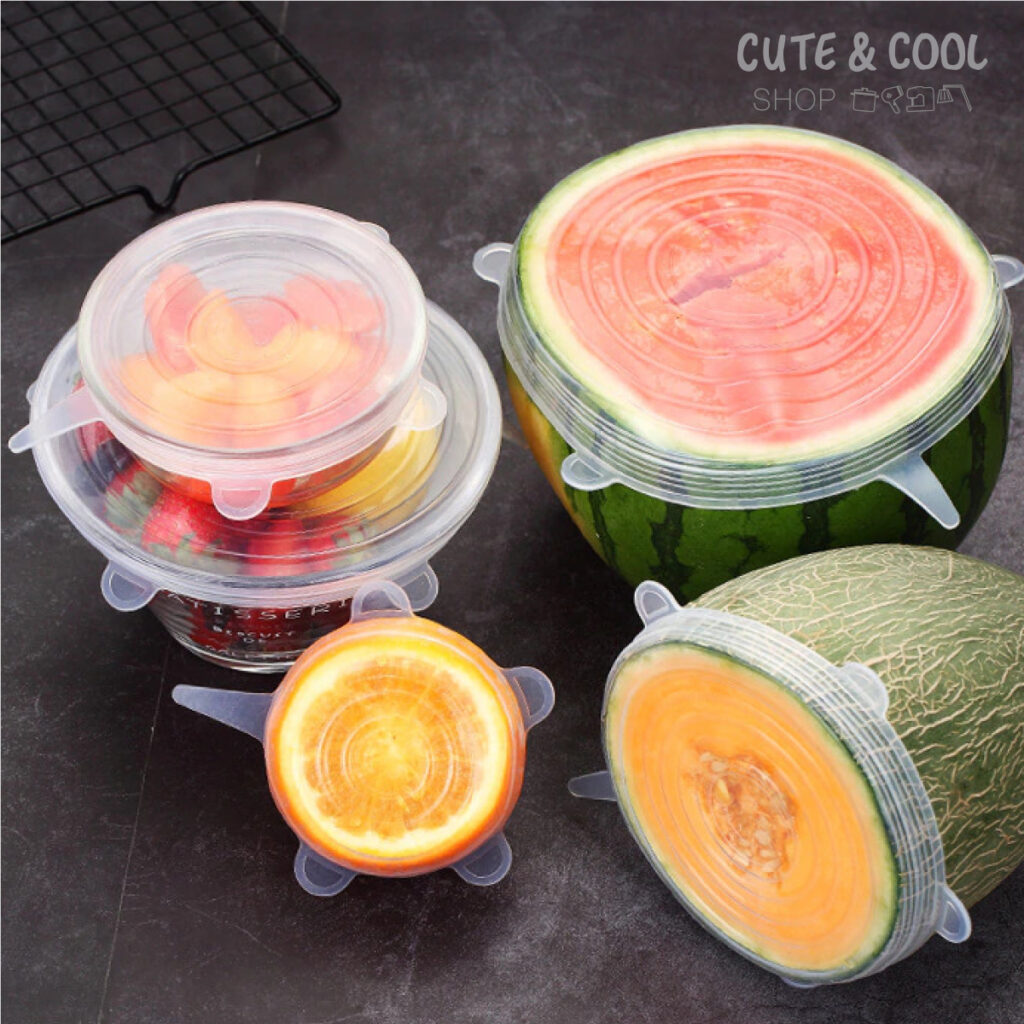
ปิดได้ทั้งภาชนะสี่เหลี่ยม และวงกลม ใช้งานง่าย ทำความสะอาดก็ง่าย
*****
2. ชุดมีดพร้อมเขียง
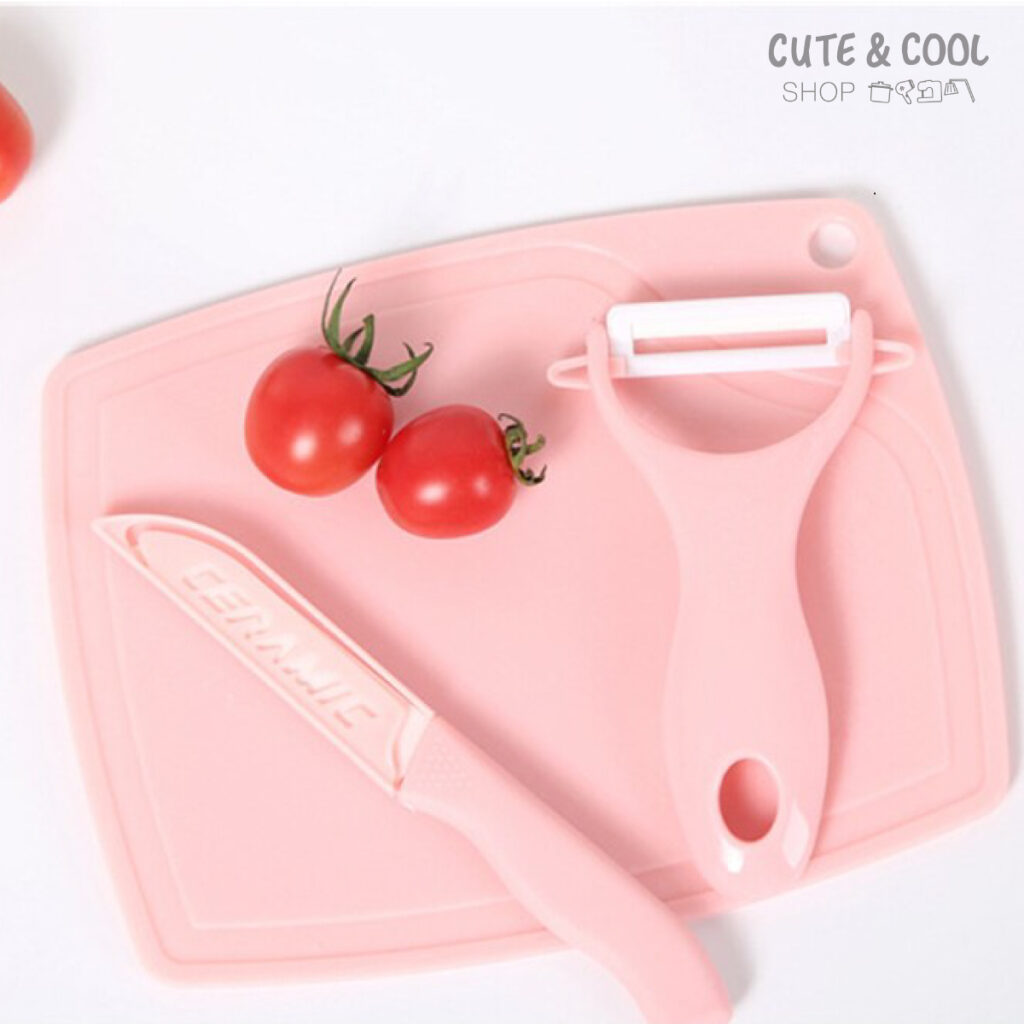
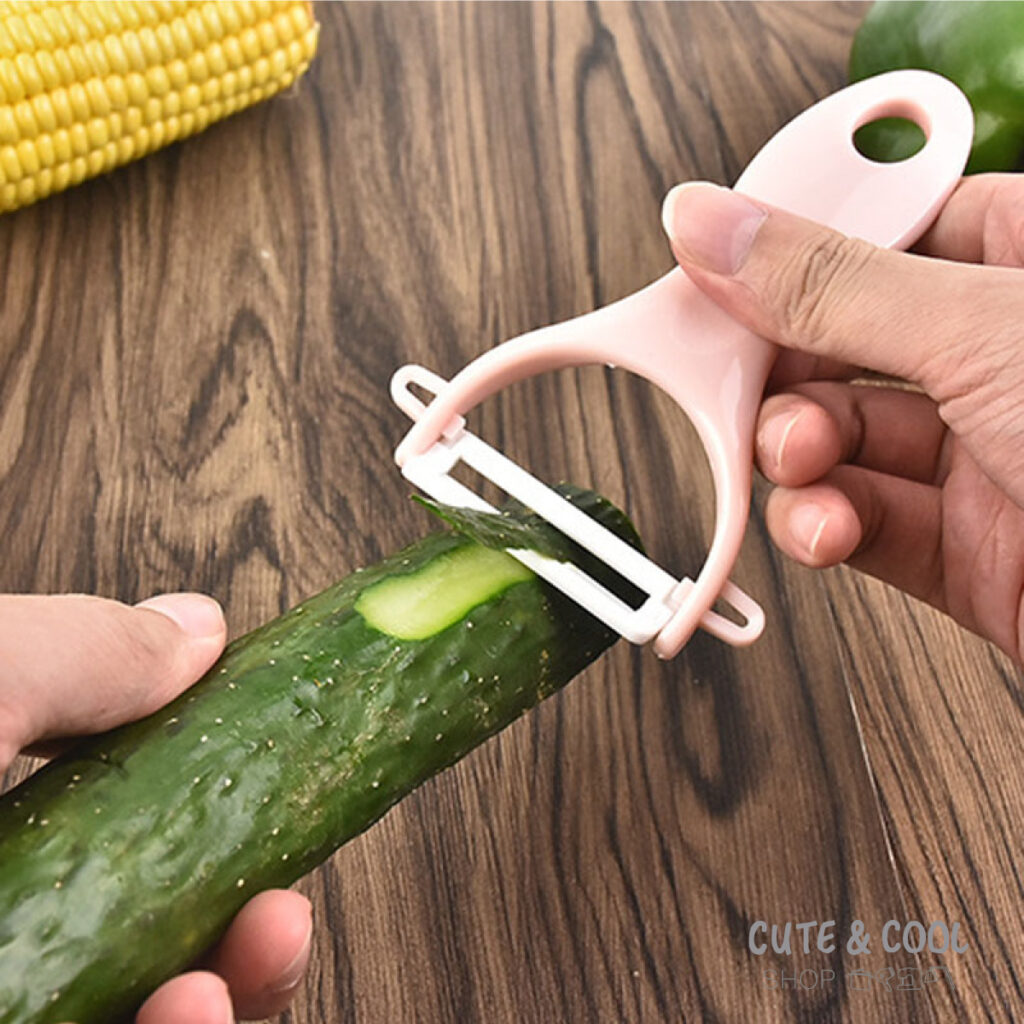
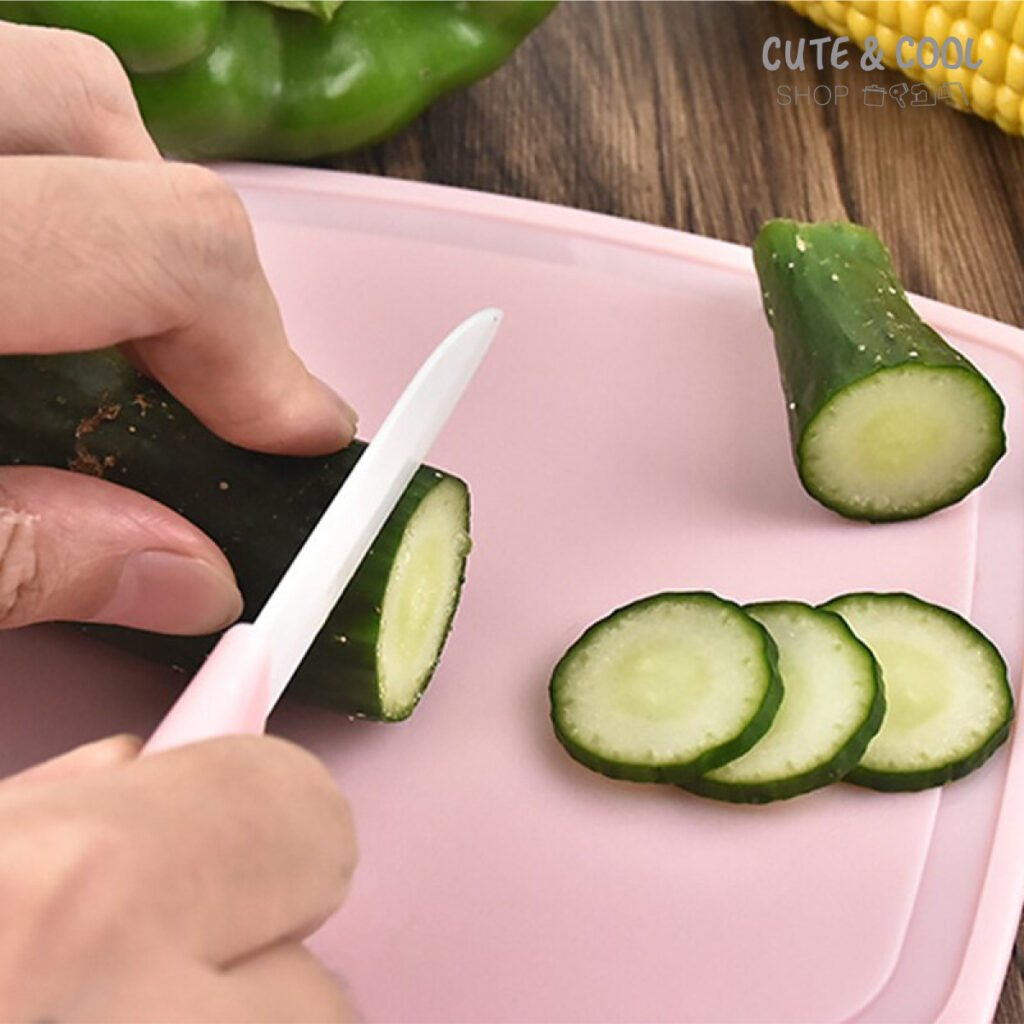
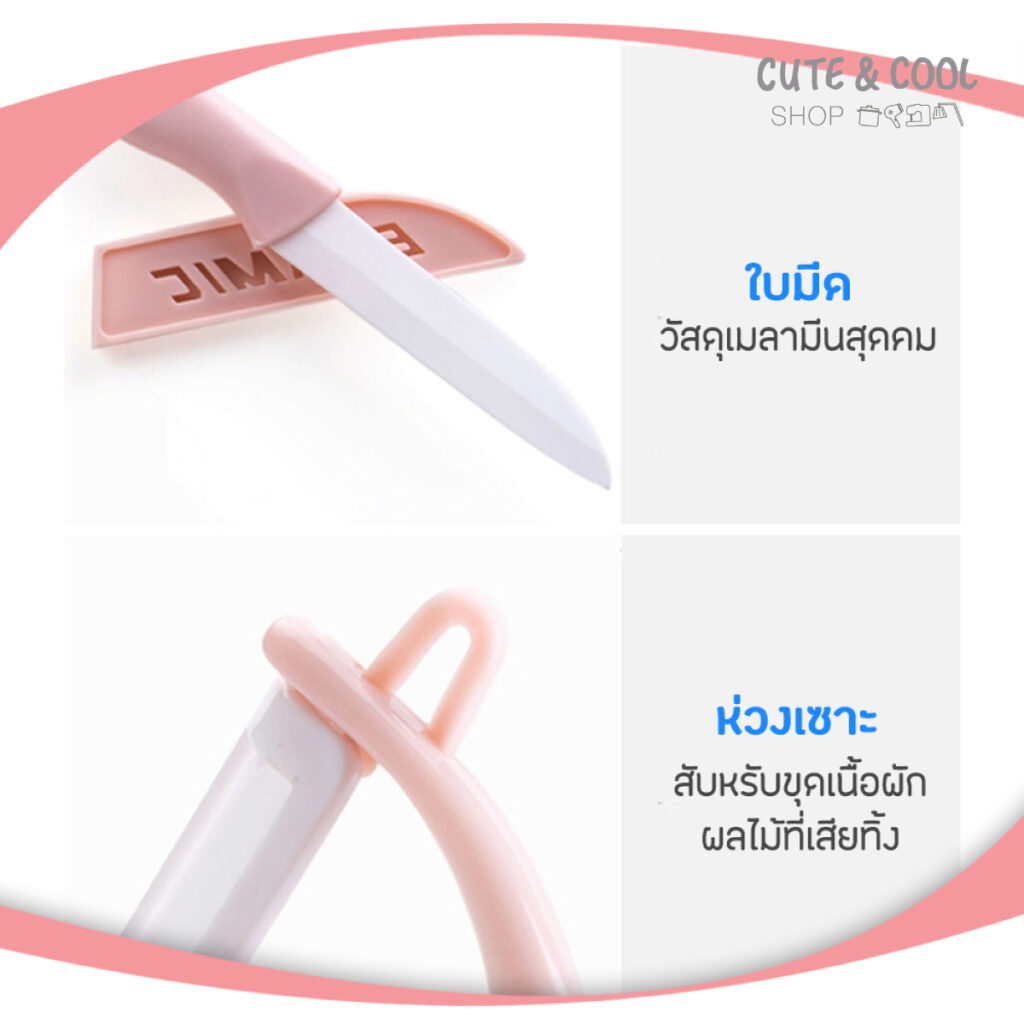
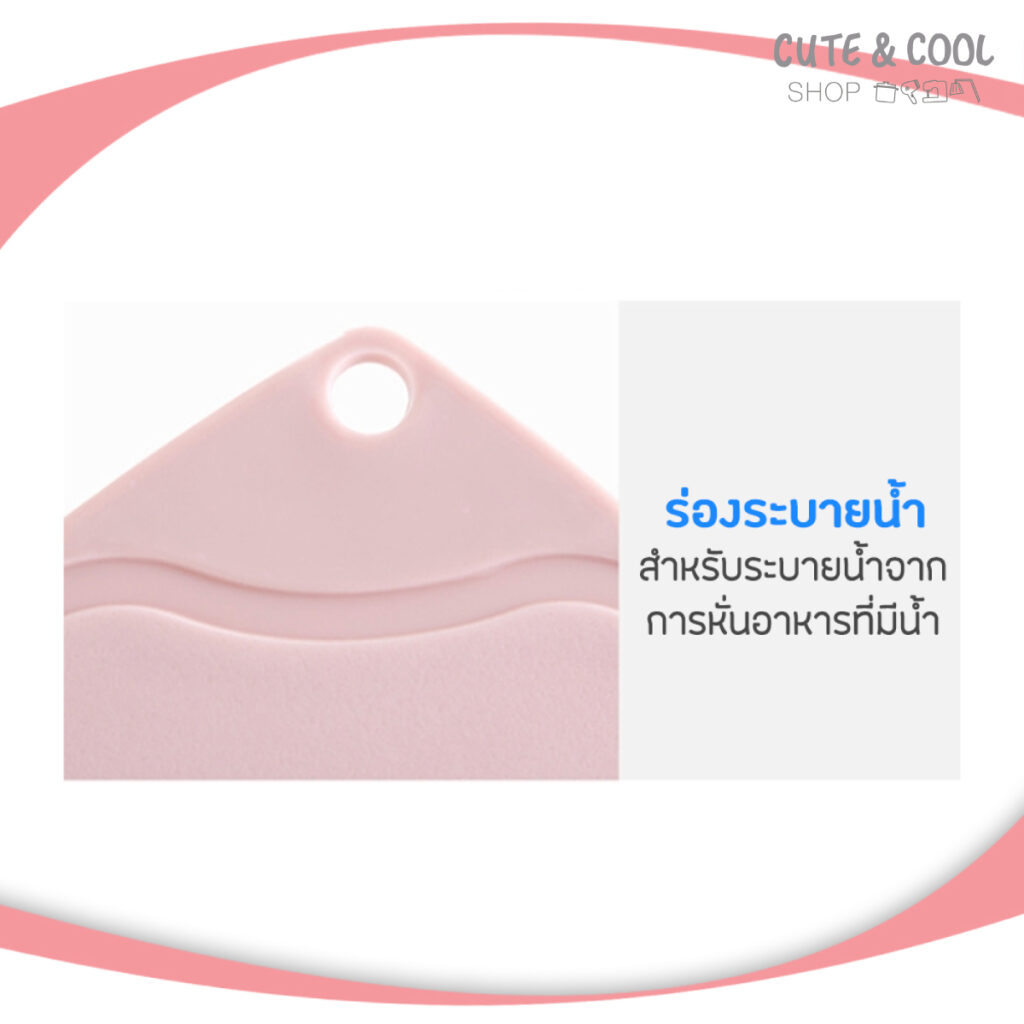
The following steps should help you choose the best tear supplement and frequency of use for YOU:
Benzalkonium Choloride
Biguanide
Chlorobutanol
Oxyborate compounds
Polyhexamethylene
Polyquad
Polyquaternium
Purite
Sodium Chlorite
Sodium Silver Chloride
Sodium Perborate
Sorbic Acid
Carboxy Methyl Cellulose (CMC) Based
Refresh Liquigel
Refresh Optive*
Refresh Tears
Thera Tears*
Glycerin Based
Advanced Eye Relief
Moisture Eyes
Refresh Optive*
Similasan Dry Eye*
Soothe*
Tears Natural Forte
Hydroxypropyl Methylcellulose (HPMC) Based
Bion Tears*
Genteal
Genteal Gel*
Genteal Mild
Tears Natural II
Tears Natural Free
Tears Natural Forte
Oil Based
Retain MGD* Refresh Endura Soothe XP Emollient*
Polyethylene Glycol Based
Blink Tears Systane Systane Ultra
Polyvinyl Alcohol Based
Akwa Tears Hypotears Tears Tears Again
Genteal Gel
Lacri-lube ointment
Refresh PM ointment
Tears Again Night Gel
Tears Naturale PM
Duralube ointment
Puralube ointment
Even Vaseline may be used in people who have no reaction to petroleum jelly and do not mind
the arduous eye rinsing in the morning. Vaseline comes in a tube. Placing this in a mug or glass of
hot tap water for 20 seconds will typically make it quite runny.
Akwa Tears (hypo-osmolar salts)
Blink Tears (hyaluronic acid)
Optive (hyper-osmolar salts)
Sytane Ultra (HP-guar)
Retaine MGD (poloxamer 188)
Remember, tear supplements may be used as often as desired, and for some people, slow, frequent
blinking may be just as effective as the use of tear supplements.
An excellent reference for determining the composition of many additional tear supplements not
covered here is the following link: http://www.dryeyezone.com/encyclopedia/lubricants.html

“1 เซต / มี 6 ไซส์”


ปิดได้ทั้งภาชนะสี่เหลี่ยม และวงกลม ใช้งานง่าย ทำความสะอาดก็ง่าย




